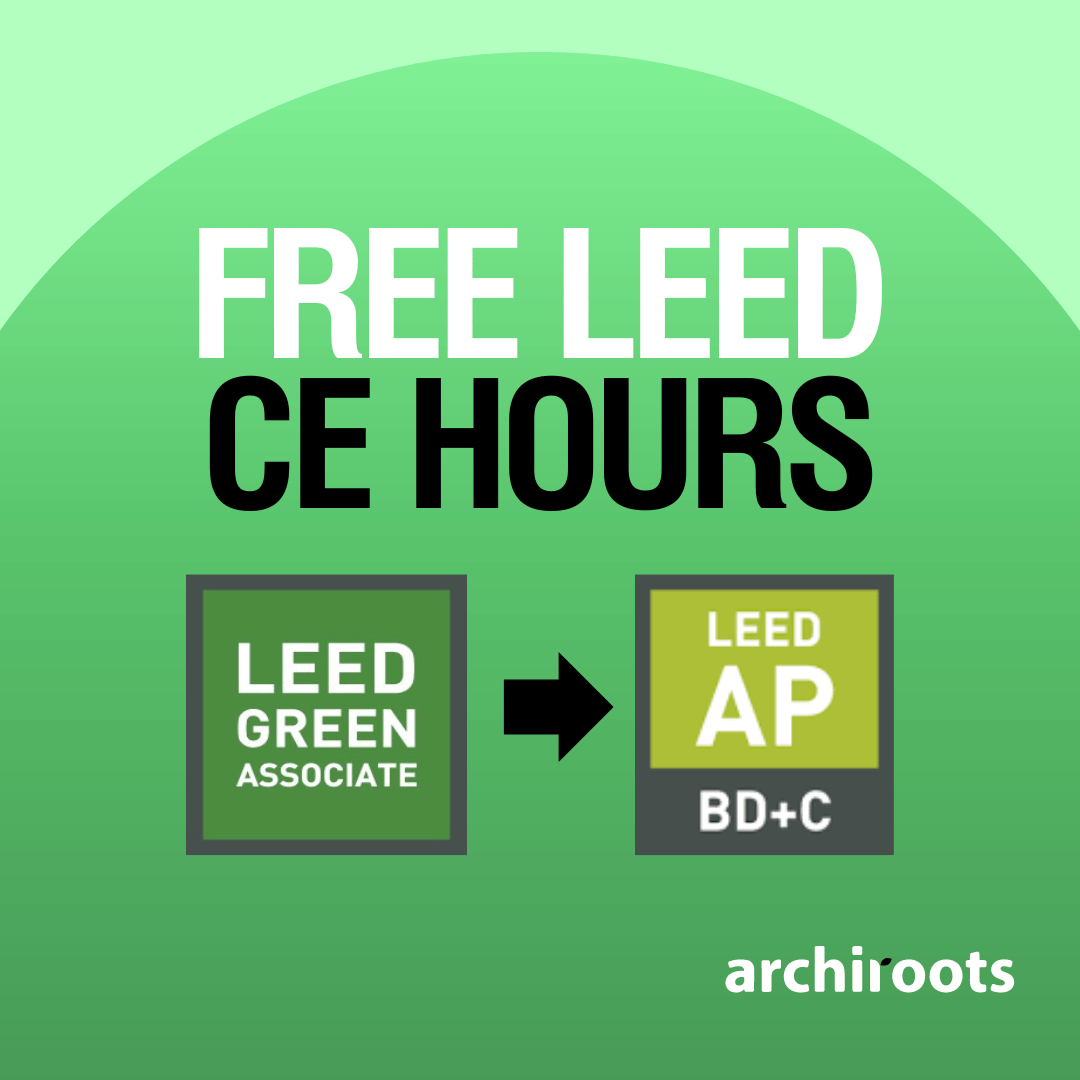Earning a LEED certification validates your status as a green building professional. It makes you an expert in the niche of sustainability, allowing you to be more distinguished in the design and construction fraternity. This gives you a competitive edge over your peers, aiding exponential career growth. However, to keep up with this vision, it is essential that you regularly renew your LEED credentials by investing in LEED CE hours. Let’s understand how this works. But renewing them can take time, effort and most of the time pricey. So let’s learn how to earn free LEED CE hours in a fast and easy manner.

How Long Does LEED Certification Last?
Once you have passed your LEED exam, you get recognized as a LEED Green Associate or a LEED AP but your credentials do not have a lifetime validity. The Green Building Certification Institute (GBCI), the organisation that regulates LEED credentials, mandates the renewal of your credential every two years. In case your credentials expire, you will have to re-register and retake the LEED exam as a fresh applicant. Simply speaking, you will have to repay and take the exam again to be accredited once more. Presently, the cost of renewing your LEED credential is $85 per year before expiration.
So effectively, the LEED certification lasts 2 years but can be renewed through CE hours or by upgrading the LEED Green Associate to the LEED AP.
What is the Difference Between LEED Green Associate and LEED AP?
In the realm of sustainable building and environmental design, two prestigious credentials stand out: LEED Green Associate and LEED AP (Accredited Professional). Let’s have a look at how the two credentials are distinct from each other.

LEED Green Associate: Building a Foundation
The LEED Green Associate credential serves as an entry point into the world of green building and sustainability. It is designed for individuals seeking to establish a preliminary understanding of green building principles and practices.
This credential caters to a diverse audience, including students, recent graduates, and professionals from various fields. LEED Green Associates are expected to grasp fundamental knowledge of the LEED rating system, environmental impact considerations, basic sustainable design practices, LEED documentation processes, and regional priorities. It is a versatile credential suitable for those new to sustainability, offering an excellent starting point to enhance career prospects and demonstrate a commitment to environmentally conscious building practices.
LEED AP: Specialized Expertise and Leadership
The LEED AP (Accredited Professional) designation represents a more advanced level of expertise and specialization. LEED APs delve deeper into specific LEED rating systems, choosing from speciality areas such as Building Design and Construction (BD+C), Interior Design and Construction (ID+C), Operations and Maintenance (O+M), and Neighborhood Development (ND).
LEED APs possess in-depth knowledge of the intricacies of their chosen rating system, including credits, prerequisites, and strategies for achieving certification. They are prepared to take on leadership roles in green building projects, guiding project teams to meet sustainability goals. LEED APs are equipped with advanced sustainable design skills, including energy modelling, water efficiency strategies, material selection expertise, and proficiency in LEED documentation. This credential is ideal for mid-career professionals seeking specialization and career advancement in sustainable design and construction.

How to Maintain Your LEED Credentials?
To maintain your LEED credentials it is essential that every two years, you complete a set of learning hours, termed as Continuing Education (CE). This helps ensure that professionals keep up with the latest sustainability practices and evolve with the changing needs of the industry.
What is LEED CE?
Leadership in Energy and Environmental Design Continuing Education (LEED CE) is a structured and essential component of the LEED credential system. It is a globally recognized framework for sustainable building design and construction professionals who possess LEED titles. It involves the continuous learning and upskilling of LEED Green Associates and LEED APs on the topics of sustainable design, green building practices, and environmental stewardship.
What are Rating-System LEED Specific CE Hours?
Rating system LEED specific Continuing Education (CE) hours encompass educational activities that align with a particular green building rating system. These hours are tailored to the unique requirements of a specific rating system, ensuring that professionals, such as LEED Green Associates and LEED APs with specialities, engage in relevant courses to fulfil their CE obligations. For instance, LEED Green Associates and LEED APs need LEED-specific courses, SITES APs require SITES-specific courses, and WELL APs should pursue WELL-specific courses to meet their respective CE hour requirements. This specialization ensures that professionals gain in-depth knowledge and expertise relevant to their specific focus area within the broader realm of sustainable building practices.
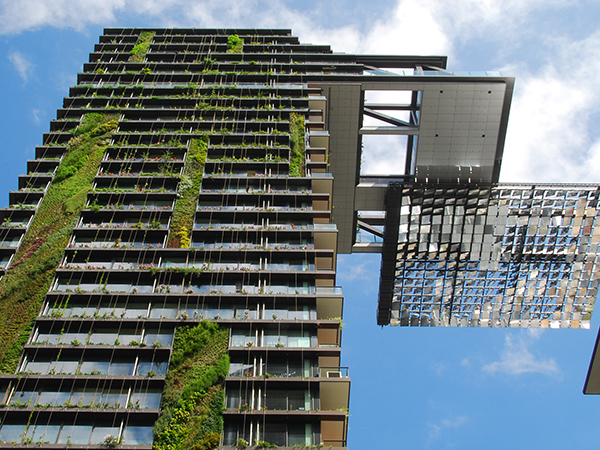
What are LEED CE Hours?
LEED CE Hours represent the time and effort spent on learning and staying well-informed about the latest innovations, technologies, and best practices in sustainable building. This time period varies for every professional based on their credential levels. The topics covered during these hours can be bifurcated into two the generic segment and the LEED specific CE hours segment. The generic segment deals with conventional sustainable architecture practices. On the other hand, the LEED-specific segment focuses on imparting knowledge for a particular LEED grade.
CE Hours for LEED Green Associates
They need a total of 15 LEED CE hours, out of which 3 hours have to be LEED specific CE hours.
CE Hours for LEED Accredited Professionals
The amount of LEED CE differs for professionals based on the number of specialisations they hold.
CE Hours for LEED Accredited Professionals With One Speciality
They need a total of 30 LEED CE hours, 6 of which must be LEED or specialisation-specific
CE Hours for LEED Accredited Professionals With More Than One Speciality
They need a total of 30 LEED CE hours (inclusive of LEED-specific content) along with 6 additional hours of specialisation-focused content.

How Can Get Free LEED CE Hours?
You can get LEED CE hours through work experience, volunteering, workshops, seminars, courses, and many other ways as specified by the US Green Building Council (USGBC) and GBCI. These resources are available at a cost or for free depending upon your preferences. Every course or activity has an associated amount of LEED CE hours that you can earn after completing that task.
Top 4 Ways to Gain Free LEED CE Hours
While there are many ways to earn continuing education free, some of them can come with a hefty price tag. However, there are also numerous opportunities to gain free LEED CE hours, allowing you to maintain your credentials without breaking the bank. Check them out below.

1. Education
One of the most popular ways to gain LEED CE hours is through continuing education courses. While some courses may require a fee, there are numerous free educational resources and opportunities available to professionals interested in sustainable building and LEED.
USGBC and GBCI Resources
The USGBC and the GBCI are excellent sources of free continuing ed. Both organisations frequently offer webinars, articles, and downloadable resources related to LEED and sustainable building practices. Participating in these webinars or reading these materials can earn you free CE hours. For free courses relevant to your LEED title, you can head over to the USGBC website and click on the “Education” tab to land on the screen shown below. You can then navigate courses as per your area of interest.
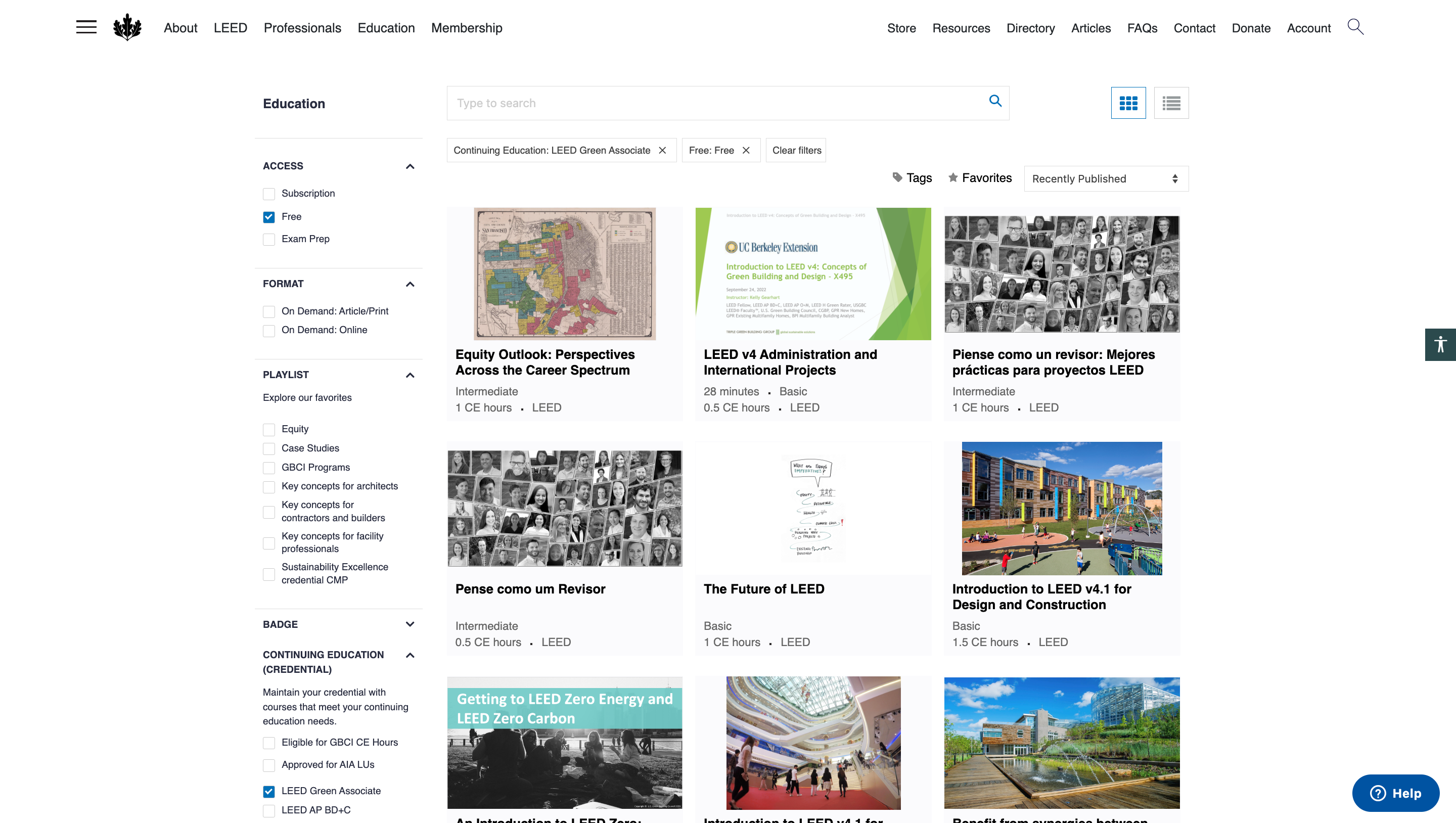
Free CE Courses
Several online platforms offer free courses on sustainability and green building topics. Websites like Coursera, edX, and MIT OpenCourseWare provide access to high-quality educational content at no cost. Many of these courses offer certificates upon completion, which you can use to claim CE hours. However, you must ensure that the course you select can qualify for Continuing Education hours.
Instances of non-GBCI approved courses, which may qualify for general CE hours, encompass a wide array of options, such as college and university courses, participation in simulated projects, attendance at workshops, courses, and conferences. GBCI recommends utilizing the LEED credit categories and core green building concepts as reference points to gauge the relevance of these courses to general green building topics.
It’s crucial to note that a course can only be credited toward credential maintenance once, and it cannot be reported in multiple reporting periods. Both participants and instructors earn 1 CE hour for each hour of educational contact time, with content developers receiving 2 CE hours for each course they create. This system ensures that professionals and educators alike are incentivized to continually contribute to their own knowledge and the field of sustainability.
Self-Directed Study
Don’t underestimate the value of self-directed learning. Engaging in independent research, reading relevant books and articles, or watching educational videos can contribute to your knowledge and earn you CE hours. Document your self-study efforts to provide evidence when claiming CE hours.

2. Authorship
If you have expertise in sustainable building design concepts, you can contribute to the field by sharing your insights and experiences through writing. Authoring articles, blog posts, or research papers can earn you free LEED CE hours while establishing your reputation as a knowledgeable professional. Here’s how to get started:
Write Articles and Blog Posts
Consider starting a blog or contributing guest articles to existing platforms that focus on sustainability and green building. Sharing your expertise in these areas not only provides valuable information to others but also allows you to earn CE hours. You can often submit these articles to the USGBC or GBCI for review and approval. Each published article is worth 3 LEED CE hours.
Research and Publish
If you’re involved in research related to green building practices, consider publishing your findings in reputable journals or conferences. Many academic and research publications offer CE hours for authors who present their work and contribute to the knowledge base in the field. Each published book is worth 10 LEED CE hours if the author is acknowledged.
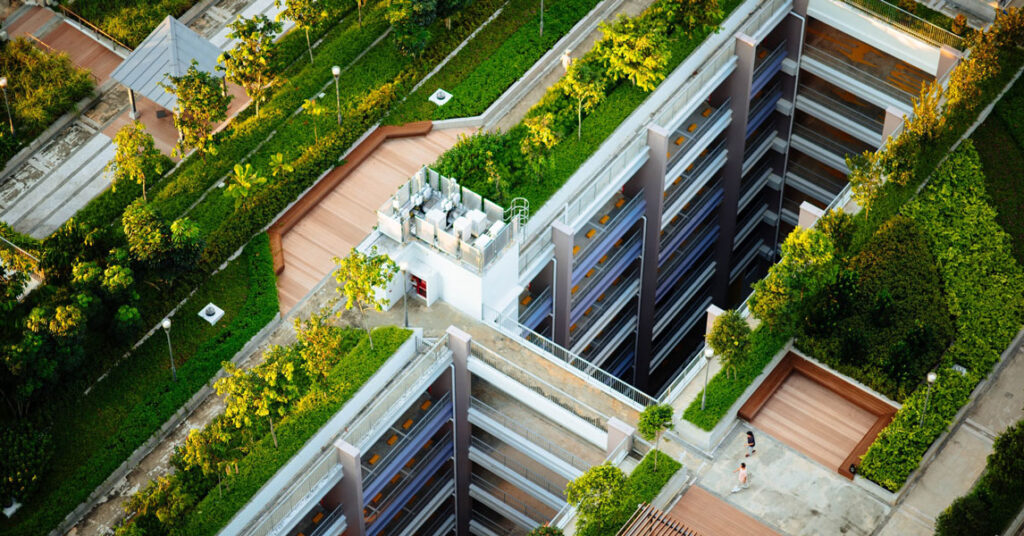
3. Project Experience
If you’re actively involved in LEED-certified projects or sustainable building initiatives, you may be able to earn free CE hours by documenting your project experience. This can be a particularly valuable source of credit if you’re working on projects that align with LEED principles. Here’s how to make the most of your project experience:
Document Your Role
Keep detailed records of your involvement in LEED-registered projects. This includes your responsibilities, the project’s sustainable features, and any challenges and solutions encountered during the process. Properly documenting your role and experiences can help you earn CE hours. As part of the project, you may earn 2 LEED CE hours that can be used against your professional development needs.
Case Studies
Consider creating case studies or project profiles that showcase the sustainable aspects of the projects you’ve worked on. These case studies can be submitted to the USGBC or other relevant organisations for review. If approved, they can earn you CE hours while providing valuable insights to others in the industry.

4. Volunteering
Volunteering is a great way to contribute to your community while also earning free LEED CE hours. Many organisations and initiatives related to sustainability and green building welcome volunteers, and your efforts can make a difference in various projects. Here’s how to get involved:
Join Environmental Organizations
Consider joining environmental organisations, local green building chapters, or community sustainability initiatives. These groups often organise volunteer activities, such as tree planting, park cleanups, or educational events. By participating, you can not only contribute to important causes but also earn CE hours. Each hour of volunteer work is worth one hour of time.
Serve on Committees
Many green building organisations have committees dedicated to specific topics or projects. Serving on one of these committees can provide valuable experience and opportunities to earn CE hours. For example, you might join a committee focused on sustainable urban planning or energy efficiency initiatives. Volunteer work explicitly connected to LEED’s technical content may count toward LEED-specific hours.
Educational Outreach
Volunteer to share your knowledge and expertise with others through workshops or presentations. Participating in educational outreach activities can help you earn CE hours while helping others learn about sustainability and green building practices.
How to Report LEED CE Hours
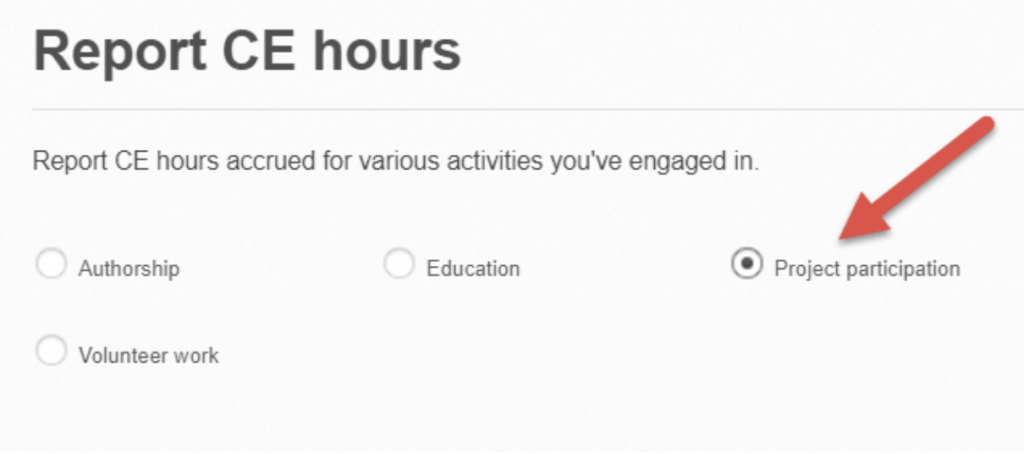
Reporting your LEED CE hours is a fairly simple process that ensures your professional development efforts are properly documented for credential renewal. Below is a step-by-step guide about how you can report your LEED CE hours.
- Visit the official website of the U.S. Green Building Council (USGBC) or your regional Green Building Council.
- Log in to your personal LEED credential account.
- Find the section for reporting CE hours within your account.
- Enter details about the CE activities you’ve completed, including:
- Activity or course name
- Date of completion
- Provider or organisation
- Number of CE hours earned
- Upload any required supporting documentation, such as certificates of completion or proof of attendance.
- Review and double-check your submission for accuracy.
- Submit your CE hours report for review and approval.
- The USGBC or the relevant authority will assess your submission.
- Upon verification, your earned CE hours will be added to your record.
Why Should You Become a LEED AP?
Maintaining your LEED credentials doesn’t have to be a costly endeavour. By leveraging various opportunities, you can earn valuable CE hours without worrying about the associated costs. These approaches not only save you money but also contribute to a more sustainable and environmentally conscious future. So, don’t let the cost deter you from staying at the forefront of green building innovation. Explore the above-mentioned free options to maintain your LEED credentials and make a positive impact on the world of sustainable design and construction.
If you have a valid LEED Green Associate credential but still not a LEED AP, then the best approach to maintain and upgrade your status without having to do any CE hours is to become a LEED AP.
Becoming a LEED AP will exempt you from reporting LEED Green Associate CE hours and give you 2 years to report new hours for the LEED AP.
So why study and report hours to maintain the same credentials you already have when you can put in the same effort and upgrade your credentials?
If you are a LEED Green Associate and need to satisfy your CE hours and wish to level up as a LEED AP, here is a course that can help: How to Become a LEED AP by Archiroots. Explore the course today.

